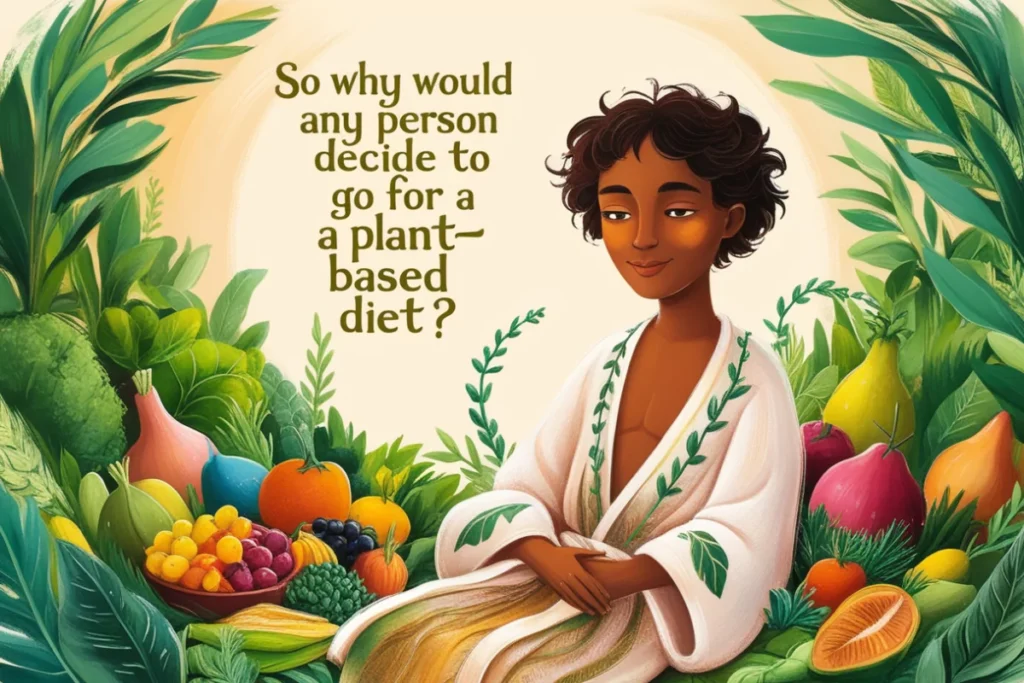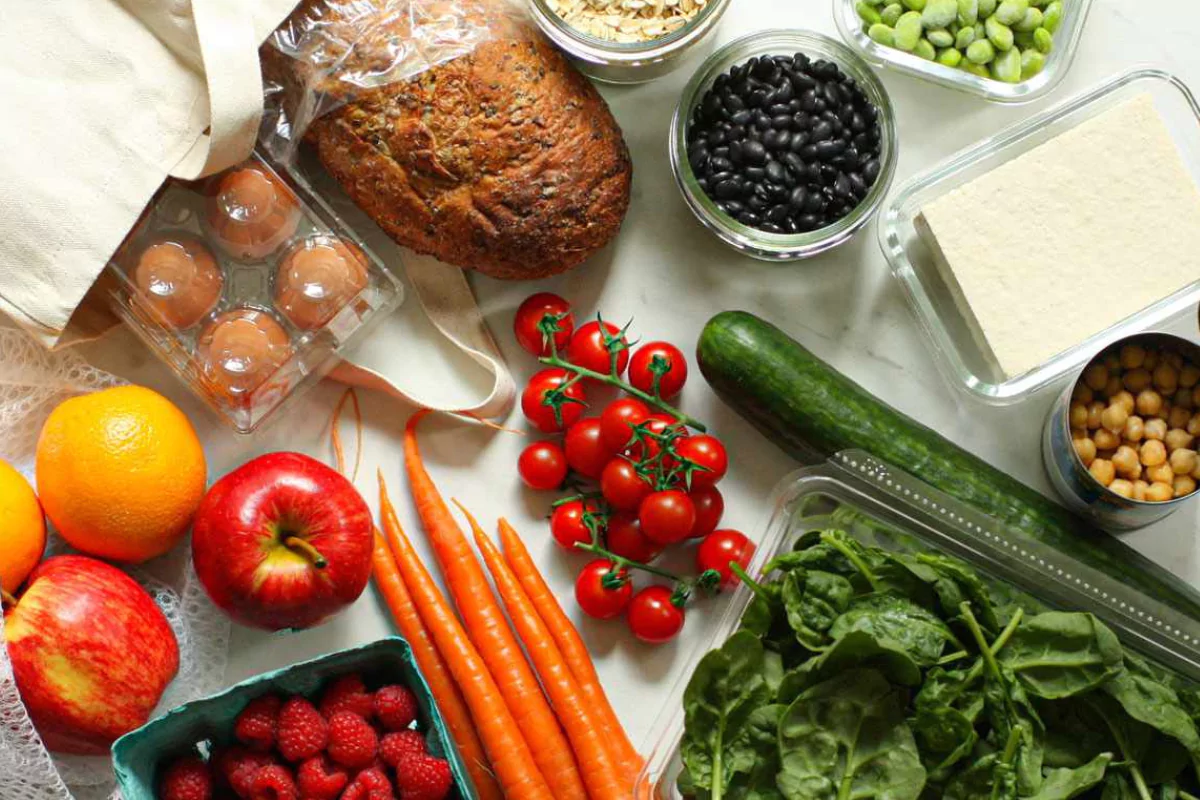Hello People! It requires looking for “Looking to boost health and vitality with a plant based diet?”
Vegetarianism is simply the food groups which are vegetables, whole grains and nuts and seeds, olive oil, fruits and beans. Of course, becoming vegetarian or vegan or trying to reduce meat intake is healthy, but switching to a plant-based diet has added advantages like improved heart health, reduced inflammation, and weight. Here’s how to effectively have a meal plan that has plants in it and learn how to do it properly:
Let’s dive in!
Table of Contents
So why would any person decide to go for a plant-based diet?

Improved Heart Health: This supports the hypothesis that foods with low fiber content and high saturated fat contribute to cardiovascular diseases, which are high among those who take plant-based diets. Indeed, foods such as nuts, seeds, and whole grain products have been known to lower the density of bad cholesterol in our bodies.
Better Weight Management: A rather unfortunate way of stating that some of these plant-based foods are negative in calories but positive in fiber and would come a long way toward helping to shed some weight.
Reduced Risk of Chronic Diseases: Consuming lots of plant foods decreases ailments like type two diabetes, obesity, and cancer, among other diseases, because of rich antioxidant vitamins and minerals.
Some components of the plant diet
Whole Grains: Complex carbohydrates are foods with more than two molecules of sugar glued together; they contain protein and fiber foods, like quinoa, brown rice, oats, etc.
Legumes and Pulses: Other plant proteins, such as beans, lentils, and chickpeas, have other nutritional benefits, such as iron and fiber, which are good for meat.
Nuts and Seeds: For the fats and proteins, the allowed foods are almonds, chia seeds, flax seeds, and large walnuts.
Plant-Based Proteins
For example, tofu is made of protein.
Tempeh is of protein.
Edamame is made of protein, which should be good for those who don’t eat animal products.
Sample Plant-Based Meal Plan
Here’s a simple meal plan to get you started:
You might have a banana, berry, spinach, one tablespoon of chia seeds for fiber and omega-3, three fatty acids, or a fresh vegetable or fruit smoothie in the morning.
Lunch: Cherry tomato, lemons, cucumber, mixed salad, and quinoa with roasted chickpeas garnished in Buddha bowl in special tahini dressing.
Snack: I couldn’t be more creative; it is layers of sliced apples with almond butter.
Dinner: Soy cubes steamed with a part of green and yellow bell, broccoli, and carrots on the brown rice.
Nutrient Considerations

Citizens understand that veganism implies consuming only plant-derived foods that can also be wholesome in terms of nutrients, except vitamin B12, iron, calcium, and omega fatty acids, which those residents also realize are not easy to get from solely plant foods. Some things like vitamin B12 can be added to it or taken orally to ensure they get into the body system.
The following video explains about Nutrient Considerations:
Conclusion
Whole and plant-based diets benefit the environment, humans, and animals; you don’t have to sacrifice flavor. In this strategy, you can meet all your nutrition requirements from plant foods without feeling that you are depriving yourself of anything. Thought it might be good to have more plant-based meals in the week for the health of you and the planet!
Are you ready for the change to a plant-based diet?
FAQ
1. What is now the positive side of the meal plan under a plant-based diet?
Plants are high in fiber.
Consuming foods within a plant-based diet improves nutrient uptake in foods that help create solid immunity and reduce inflammation.
2. What are good foods to add to plant-based diets?
Diets that eliminate processed foods and embrace mainly plant-based products are whole food or plant-dominant diets. This develops and provides fruits, vegetables, nuts, seeds, oils, whole grains, legumes, beans, and other food crops.
3. Why should one decide to take a plant-based diet?
Some other research work also identified plant diets as having a small impact on heart disease and high blood pressure, diabetes type 2, and certain types of cancer.
4. How do you become an active plant-based person and incorporate healthy and whole foods into your diet?
There are ways to go into a plant-based diet gradually: start with one meal or day.
Go meatless one day a week.
Include far more whole-grain foods at breakfast than animal foods like eggs, milk, and bacon; use whole-grain bread or oats instead.
Eat plant-based until dinner.
Try to have some portions of green vegetables like spinach or kale in your diet at least once daily.




